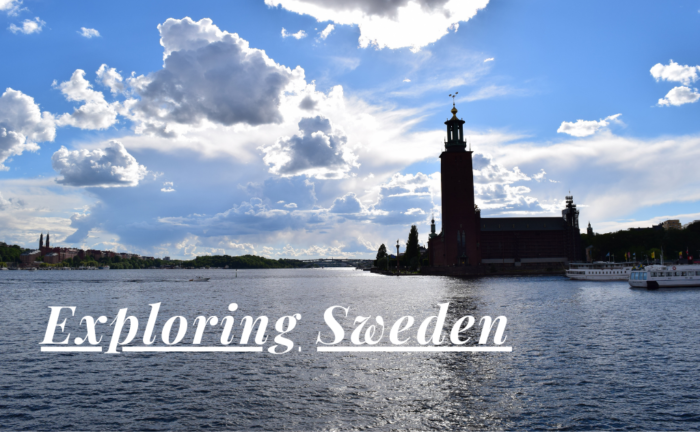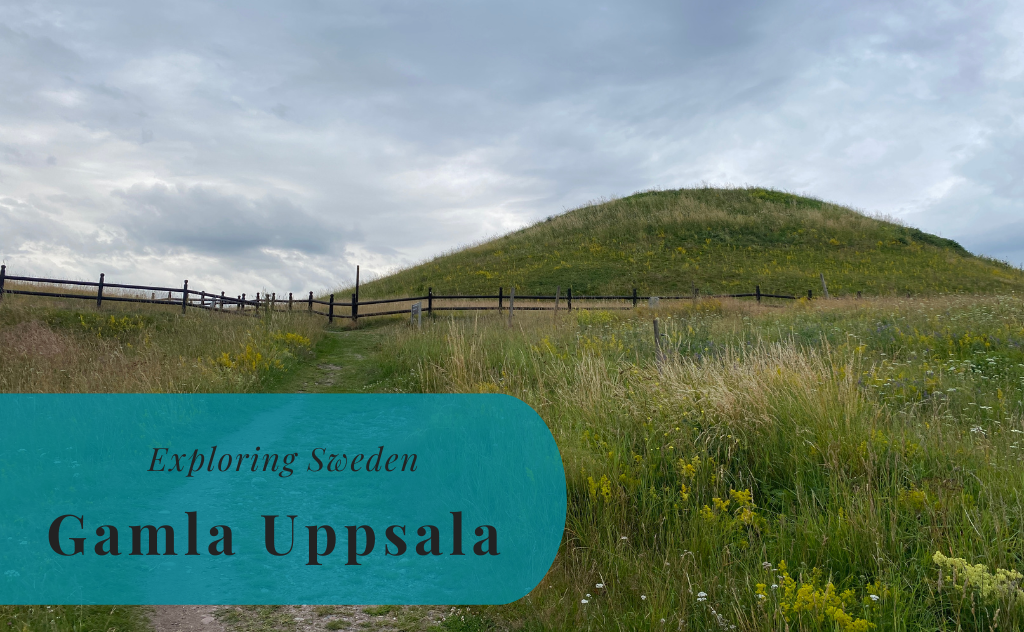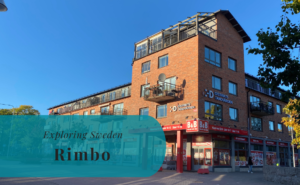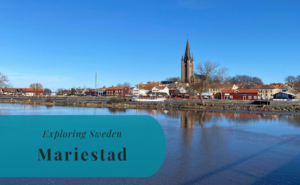Gamla Uppsala is today a district in the northern part of Uppsala. This is the former seat of the parish with the same name within the historical province of Uppland. The area has, however, played an important role in the ancient history of Sweden. The early importance of Gamla Uppsala is noticeable when seeing the huge burial mounds, one after another. Three of these are known as Kungshögarna or the kings’ burial mounds. These are huge and a must-see when visiting Gamla Uppsala.


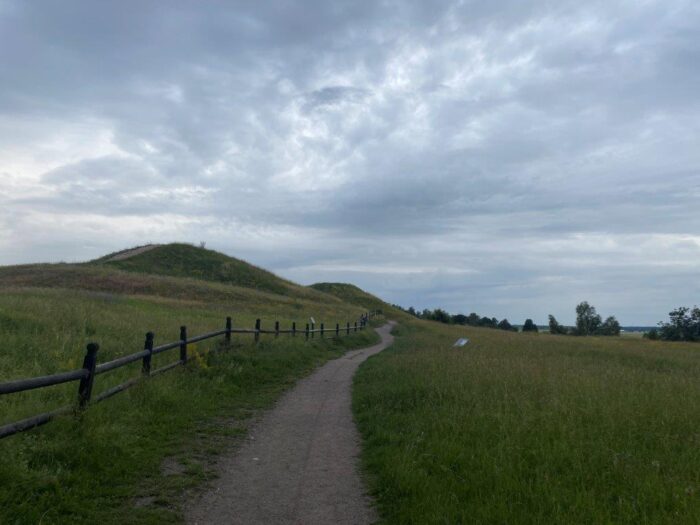

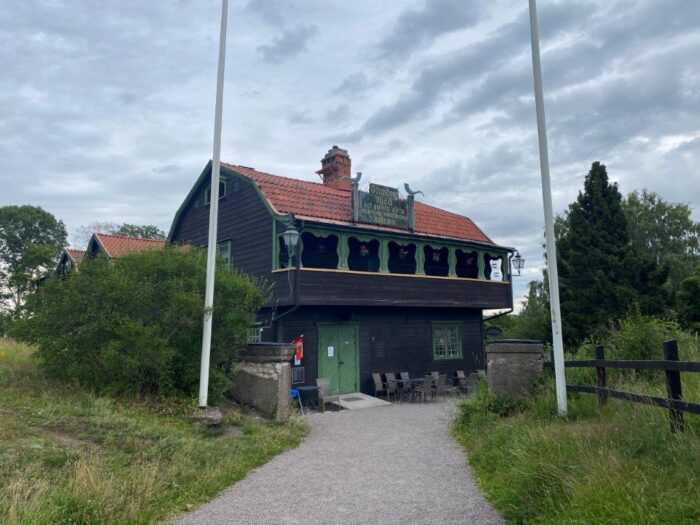
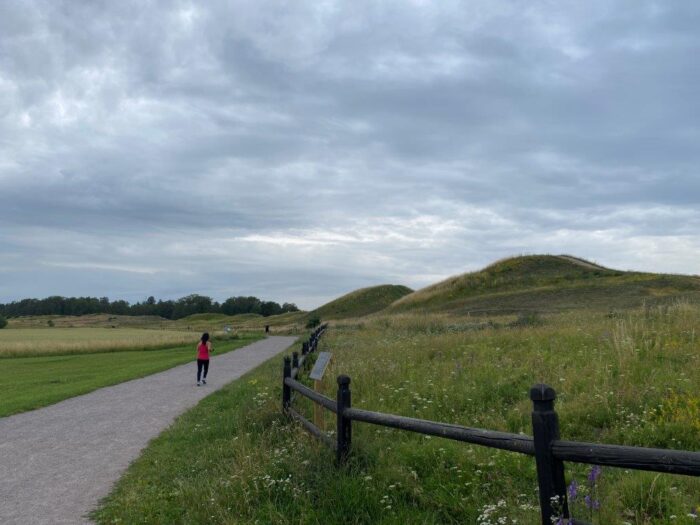
A Short History of Gamla Uppsala
From the 17th century onwards this area has been the location of several excavations. This is something that has become even more common in the last decades. This area has had a permanent settlement since the Iron Age and it has played an important role in the establishment of what was to become Svealand.
This area was an important center as early as the 3rd century, and it had an impact on the economy, religion, and regional politics. Important kings are believed to have been buried here, which is especially noticeable with the three large burial mounds known as Kungshögarna. The influence grew and during the Viking Age in the 11th century, Gamla Uppsala had an important temple for the Norse gods. This was at the time a meeting point for what in Swedish is known as “midvinterblot”, in English the Midwinter Sacrifice.
When Christianity reached Gamla Uppsala the area’s religious importance was renewed. Religious influence was moved here from Sigtuna and in 1164 Gamla Uppsala became the seat of the archbishop. It is believed that the church was built on top of the old pagan temple. It was not until the 13th century that the religious influence of Gamla Uppsala began to decline. This was the time when the seat of the archbishop was moved to what was to become the city of Uppsala.

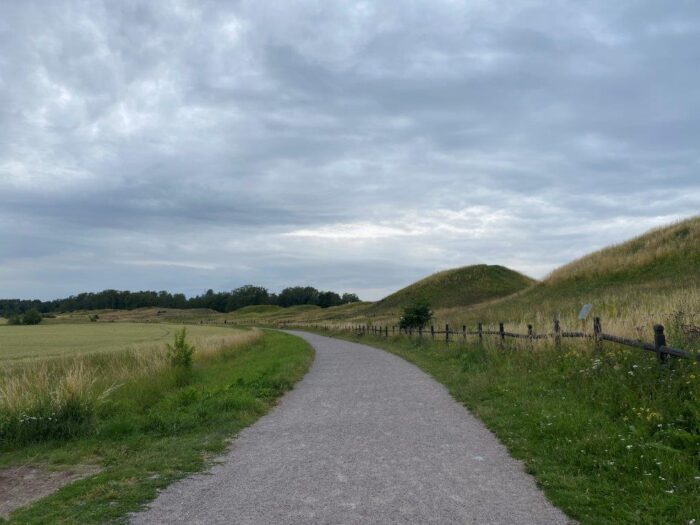
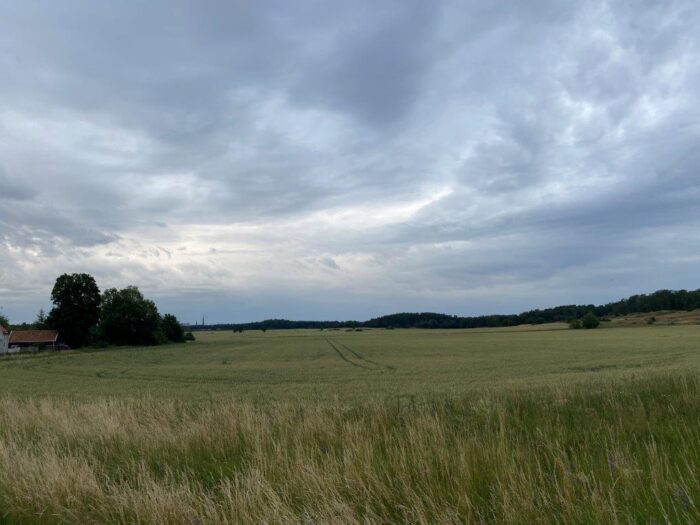
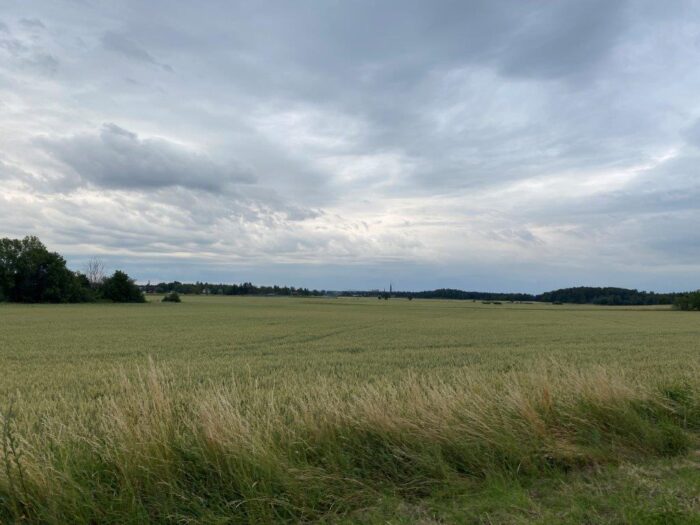
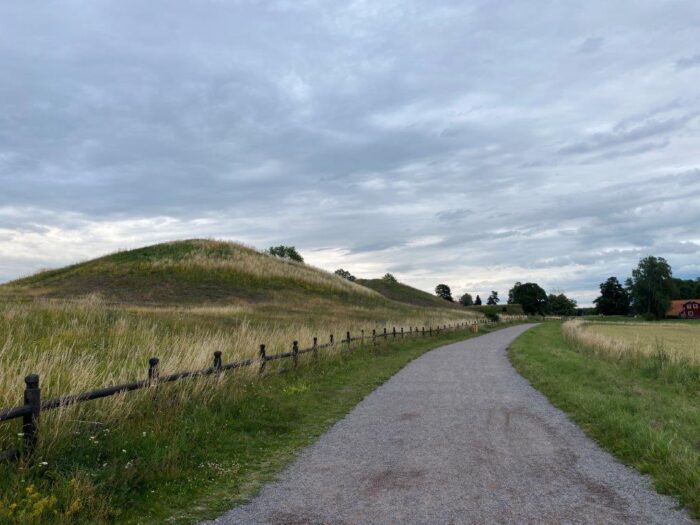

Things to Do and See
In addition to the beautiful landscape, there is so much history in the ground here. It is impossible to see everything with the naked eye, but what you can see is truly impressive. The burial mounds here are hard to imagine before actually seeing them in person.
Kungshögarna
Kungshögarna, the Royal Mounds, consists of three large burial mounds. There are many legends about these, one stating that this is the final resting place of the Norse gods Odin, Thor, and Freyr. Either way, these mounds are huge, measuring between 55 and 70 meters in diameter and having a height between 7 and 11 meters. And these are not the only large burial mounds to discover here.
Tingshögen
Tingshögen was earlier believed to have been yet another burial mound. That has, however, been dismissed and it is now considered to be a small hill. It is believed that this has been an important meeting point, maybe even where kings sometime in the past were elected.
Gamla Uppsala Kyrka
This church was once the seat of the Archbishopric of Sweden and is believed to have been built in the 11th century. The church was once known as a cathedral and it is much larger than many similar rural churches in Sweden. Historic people such as King Erik IX of Sweden and Archbishop Valerius have been buried here at the church.
Gamla Uppsala Museum
Close to the Royal Mounds is the local museum. The museum tells the story of the Vendel and Viking era of Gamla Uppsala. The museum opened in 2000 and is especially interesting if you want to learn more about the sites that are not visible to the naked eye.
Disagården
Disagården is an open-air museum that provides an insight into life here during the 19th century. This is a small village with historical buildings from the province of Uppland.

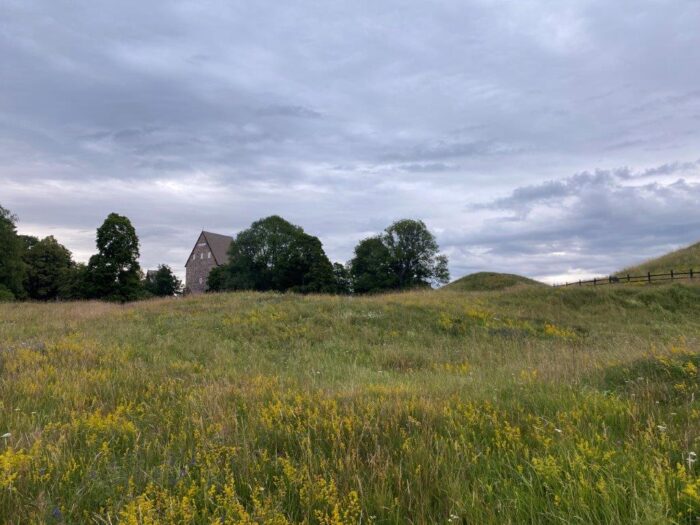
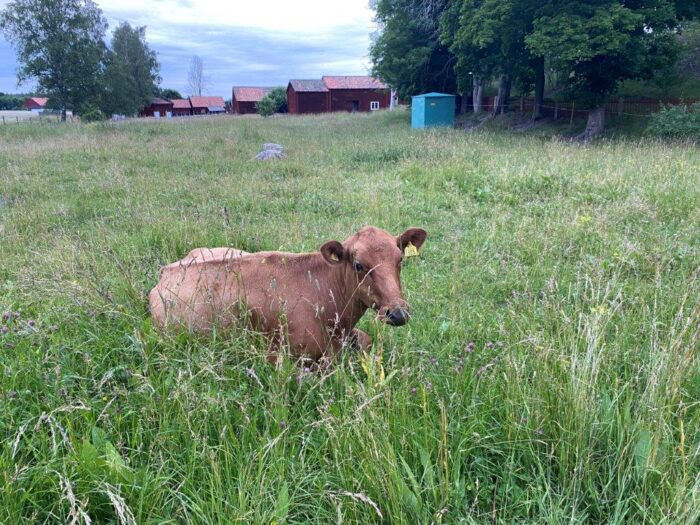

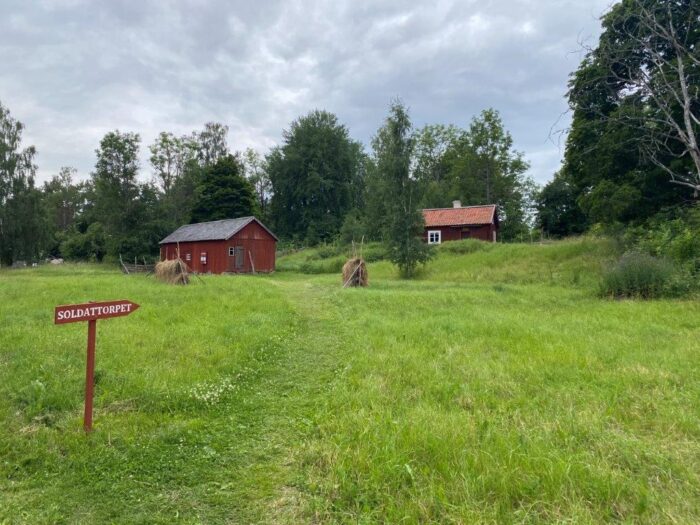
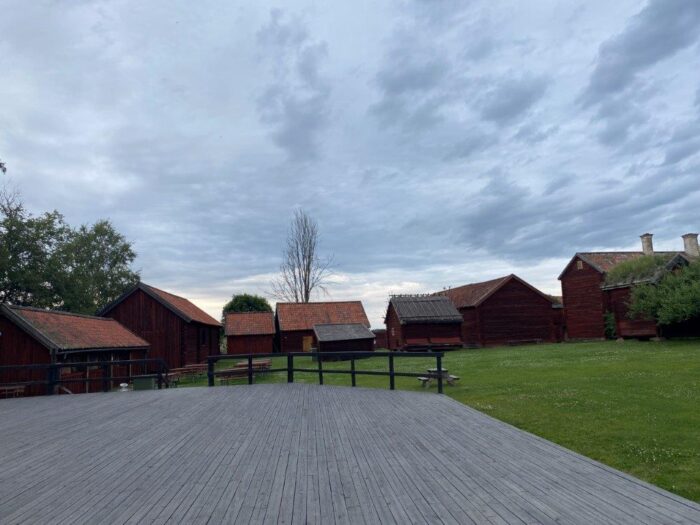
How to Get to Gamla Uppsala
- Flights: The nearest major airport is Stockholm Arlanda Airport to the south.
- Car: Gamla Uppsala lies along the motorway E4 on the northern outskirts of Uppsala.
- Train: The nearest train station is in central Uppsala.
The driving distance from 5 major Swedish cities, according to Google Maps:
- Stockholm – 74 kilometers (45 min)
- Gothenburg – 458 kilometers (5 h)
- Malmö – 683 kilometers (7 h)
- Linköping – 269 kilometers (2 h 50 min)
- Kiruna – 1163 kilometers (12 h 40 min)
Explore More of Uppland and Sweden

